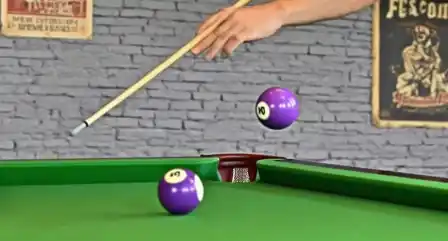Chinese 8-Ball is a modern variation of traditional 8-ball pool with distinctive Chinese characteristics. It is played between two competitors. Currently, the game’s popularity varies across China: it thrives in the north, where it is booming, while progress in the south is slower due to snooker’s stronger following. Below is a comprehensive guide to the official rules of Chinese 8-Ball, compiled by Coach Love.
Free Ball Privilege
If the breaking player commits a foul, the opponent may place the cue ball anywhere behind the break line (including directly on the line, provided that more than half of the cue ball is behind it). The player must then strike an object ball located between the break line and the top cushion, or strike an object ball behind the line after the cue ball rebounds off the top cushion.
If a foul occurs after the break, the opponent may place the cue ball anywhere on the table with no distance requirement from other balls.
Penalties for Intentional Fouls
First intentional foul: warning.
Second intentional foul: loss of the current game.
Third intentional foul: loss of the entire match.
These fouls accumulate throughout the match.
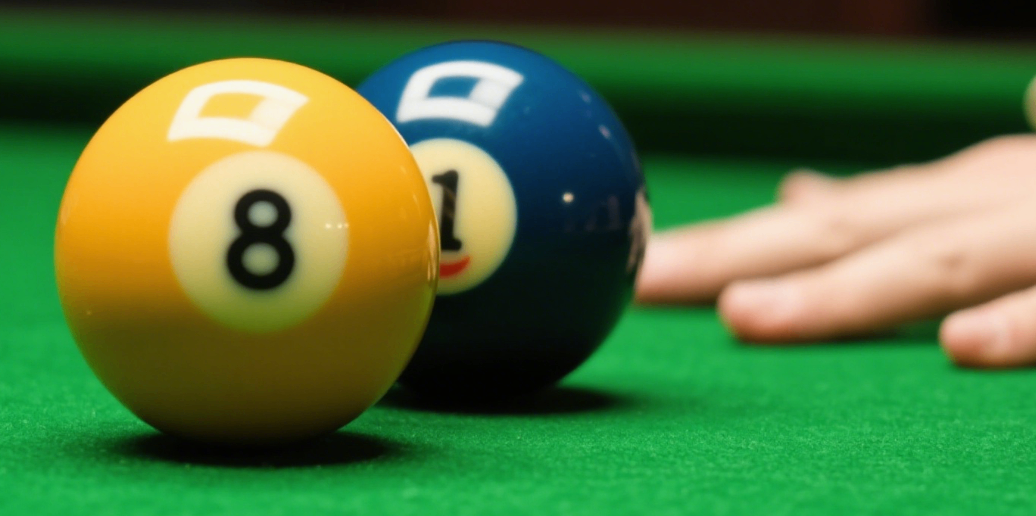
Safety Play
In matches that use the “pocket-on-cue” rule, a player intending to play a safety (a legal shot without an attempt to score) must declare it to the referee or opponent before the shot. After a safety, play passes to the opponent, even if balls are pocketed.
Foul Clarification
If multiple fouls occur in a single shot, only the most severe is penalized. If the referee does not call a foul before the next shot is played, no foul is assumed.
I. Game Format
Chinese 8-Ball uses one cue ball (white) and 15 object balls, numbered 1–15. Balls 1–7 are solids, 9–15 are stripes, and the 8-ball is black.
Players must legally pocket all balls from their chosen group (solids or stripes) and then legally pocket the 8-ball to win. If a player pockets the 8-ball too early or knocks it off the table, they lose the frame.
II. Equipment
Table: 2540mm × 1270mm (interior dimensions). Height: 800–850mm from floor to cushion top.
Cue: Must meet Chinese Billiards Association standards.
Rest: Provided by tournament organizers.
Spot: Located on the centerline, 635mm from the top cushion.
Break Line: Parallel to the bottom cushion, 635mm away, extending across the width of the table.
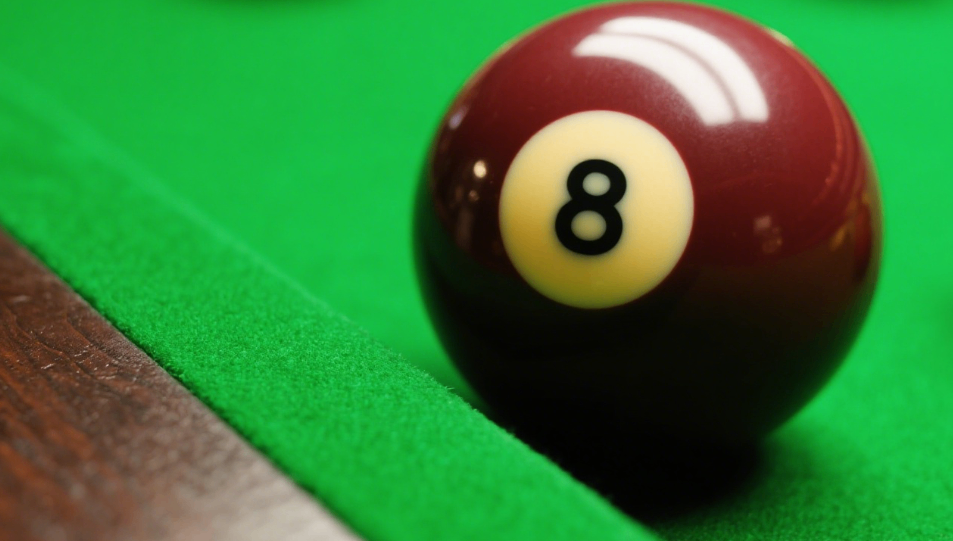
III. Ball Placement
Before the break, balls are arranged in a triangle of five rows (1 to 5 balls per row).
The front ball sits on the spot.
The 8-ball is centered in the third row.
One solid and one stripe must be placed at the two corners of the base row.
Remaining balls are placed randomly, alternating solids and stripes where possible.
Balls must be tightly packed. Both players may inspect the rack before play begins.
IV. Break Shot
Determining the breaker: Players simultaneously shoot identical cue balls from behind the break line to the top cushion. Whichever cue ball finishes closer to the bottom cushion wins the break. Fouls or ties require a replay.
In multi-frame matches, the winner of the previous frame breaks.
Legal break:
The cue ball is placed behind the line.
The cue ball must strike a ball above the line.
The break is valid if at least one ball is pocketed (except the 8-ball) or four object balls touch cushions.
Fouls on the break:
Cue ball off the table or pocketed.
Fewer than four object balls touch cushions.
Any object ball leaves the table.
Consequences: Opponent may:
Play from the current position, breaking from behind the line, OR
Request a re-rack and choose who breaks (depending on tournament rules).
Special cases with the 8-ball on the break:
If the 8-ball is pocketed legally: the breaker may re-spot the 8-ball and continue, or re-rack and break again (subject to tournament rules).
If the 8-ball and cue ball are both pocketed: foul. Opponent may re-spot the 8-ball and take ball-in-hand behind the line, or choose to re-break.
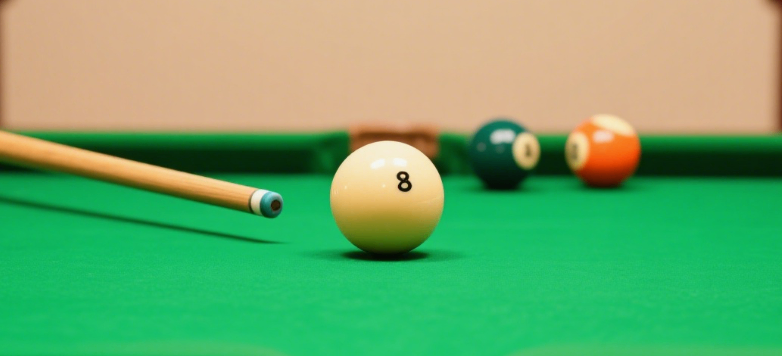
V. Selecting Ball Groups
If balls are pocketed on the break, the breaker continues and chooses their group (solids or stripes).
If they legally pocket a ball of that group, the table is closed.
If no ball of that group is pocketed, the table remains open.
If a ball is pocketed but accompanied by a foul, the table remains open and the opponent gains ball-in-hand.
VI. Striking Rules
Obvious shots do not require a called pocket. Non-obvious shots (bank shots, jumps, combos, etc.) must be called. The 8-ball must always be called.
After hitting the cue ball, it must first contact the shooter’s object ball (or the 8-ball once all group balls are cleared).
After contact, if no ball is pocketed, at least one ball (cue ball or object ball) must touch a cushion.
Touch fouls (body, clothing, or equipment contacting balls) result in ball-in-hand for the opponent.
Double hits, push shots, or striking while balls are moving are fouls.
Both feet must not leave the ground during the stroke.
Cue must not rest directly on the table surface.
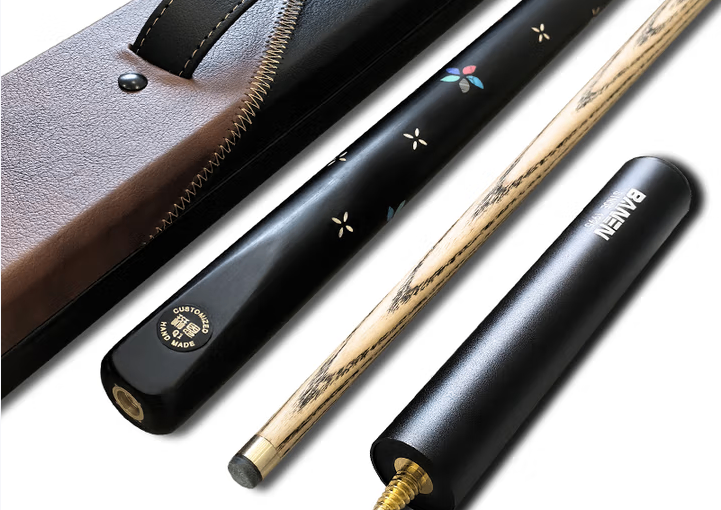
VII. Contact with Object Balls
If the cue ball is frozen to an opponent’s ball, the player may shoot away without restriction as long as the stroke is clear.
If the cue ball is frozen to the shooter’s ball, careful execution is required to avoid a foul.
If a ball is frozen to a cushion, after contact it must either leave the cushion and return, hit another cushion, or be pocketed.
VIII. Jump Shots
Legal jump shots must be executed by striking down on more than half of the cue ball with a cue no shorter than 90cm.
Scooping or striking under half of the cue ball is a foul.
IX. Ball Replacement
If the 8-ball is pocketed or leaves the table during the break, it is re-spotted.
If the spot is occupied, it is placed as close as possible on the vertical line toward the cushion.
No other pocketed balls are replaced.
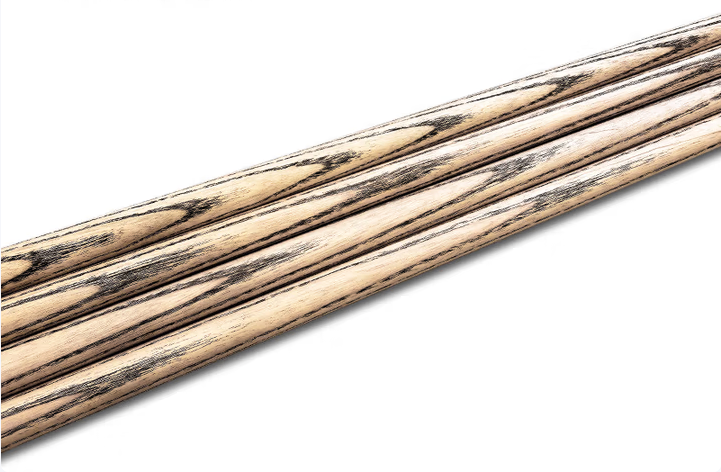
X. Stalemates
If a stalemate occurs, the original breaker re-breaks.
XI. Shot Timing
Players must play within 45 seconds after balls have stopped moving. Exceeding this limit is a foul (ball-in-hand for the opponent).
XII. Losing the Frame
A player loses the frame if:
The opponent legally pockets the 8-ball.
The 8-ball is pocketed before clearing their group.
The 8-ball leaves the table (except on the break).
The 8-ball is pocketed while committing a foul (except on the break).
The 8-ball is pocketed together with the final object ball in one shot.
The 8-ball is pocketed into a non-designated pocket.
Note: If the 8-ball remains on the table, fouls only result in ball-in-hand, not game loss. If the 8-ball leaves the table illegally, the player loses the frame.
